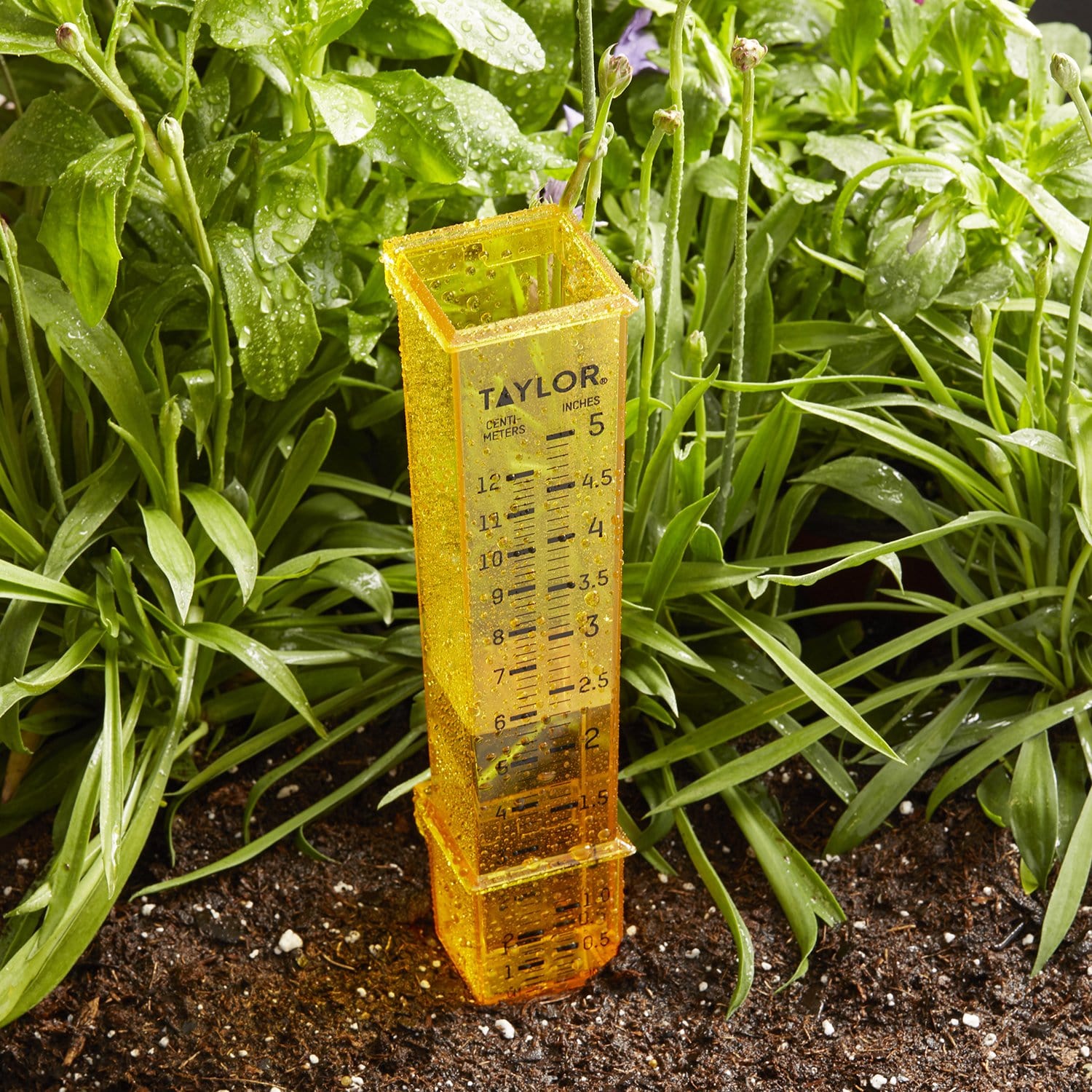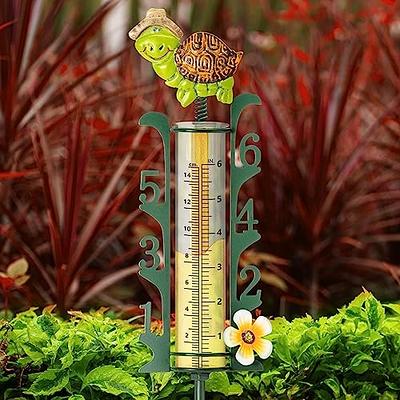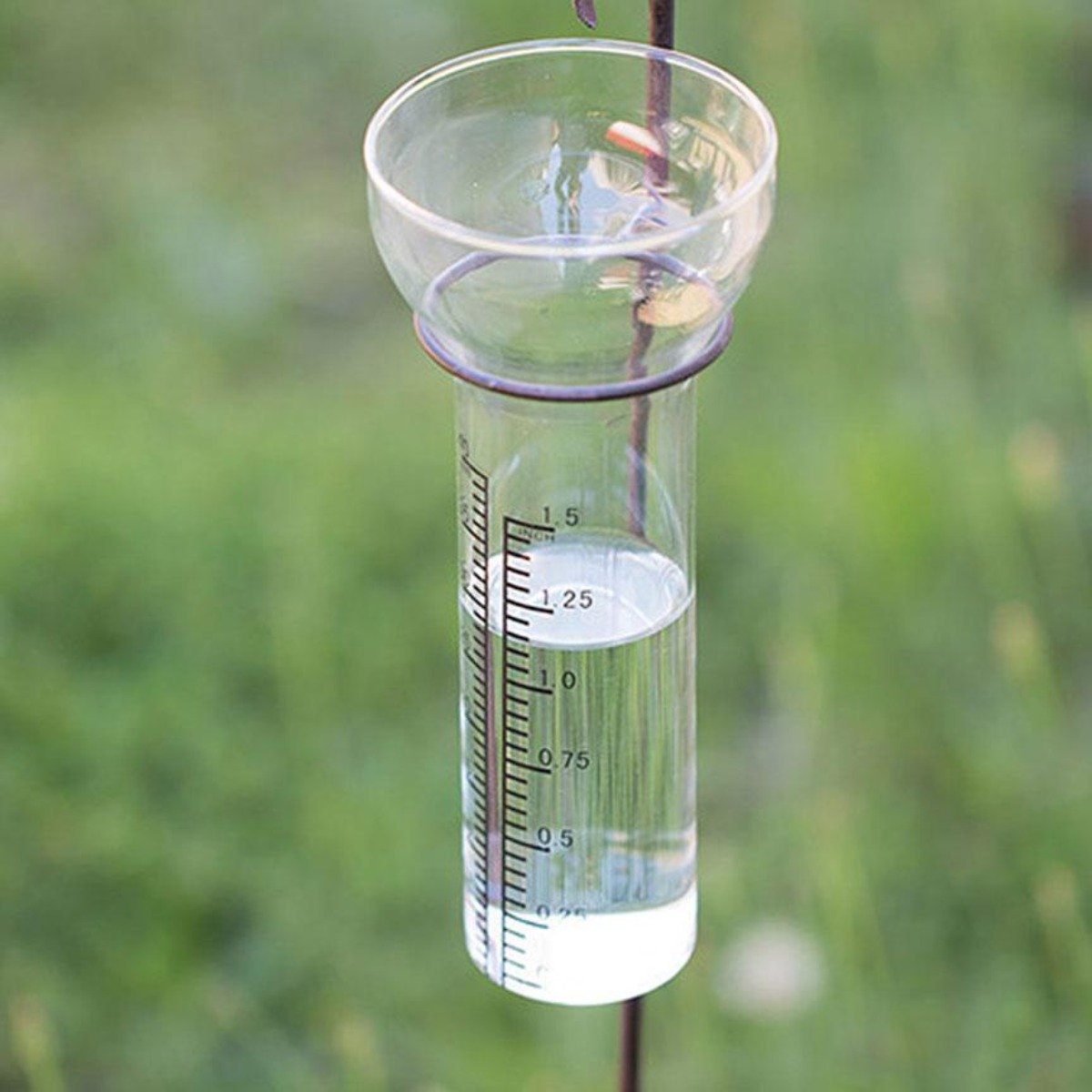Comprehending The Rain Gauge: Value, Kind, and Use Explained
Comprehending The Rain Gauge: Value, Kind, and Use Explained
Blog Article
Just How to Pick the Right Rainfall Scale for Accurate Rain Information
Accurate rains data is essential for different markets and tasks, such as water, agriculture, and weather forecasting resource administration. To get reputable dimensions, it is necessary to pick the appropriate rainfall gauge. This guide aims to offer valuable insights right into the selection process, permitting you to make enlightened choices. Thinking about aspects such as area, kind, and precision of the rain scale will certainly aid guarantee accurate data collection. In addition, recognizing the maintenance and calibration procedures will contribute to the long life and dependability of your rain scale. By complying with these standards, you can make sure exact rainfall information, allowing better decision-making and planning for numerous applications.
Importance of Choosing the Right Rainfall Scale
The significance of choosing the appropriate rain scale lies in acquiring exact and dependable rains information for exact meteorological evaluation. Rain data is vital for a wide variety of applications, consisting of weather forecasting, hydrological modeling, and environment research. Imprecise or unreliable data can cause incorrect verdicts and flawed decision-making processes.

Second of all, the accuracy and accuracy of the rainfall scale are extremely important. The scale ought to be able to measure rainfall with high accuracy, catching even tiny quantities of precipitation accurately. It needs to additionally reduce errors as a result of dissipation, wind, and other environmental variables. Normal calibration and maintenance are vital to guarantee recurring precision.
In addition, the location and installment of the rain scale are important factors to consider. It ought to be positioned in an open area, away from obstructions that might impact rains measurements. The scale should be placed at a proper elevation and angle to avoid spilling and make sure correct catchment of rainwater.
Variables to Think About When Choosing a Rain Scale
When picking a rain gauge, there are several crucial aspects to consider. There are different types available, including common rainfall gauges, tipping bucket rain gauges, and weighing rain gauges.
Another element to consider is the material of the rain gauge. Rain determines can be constructed from numerous products, such as plastic, glass, or steel. The material selected ought to be long lasting and resistant to climate condition, making certain that the rainfall gauge will hold up against the components and supply exact dimensions gradually.
Accuracy is likewise an important factor to take into consideration. Seek rainfall evaluates that have been calibrated and tested for precision. Functions such as anti-splash rings and funnels can also boost the precision of the dimensions.

Last but not least, consider the environment and atmosphere in which the rain scale will certainly be utilized. Various rain assesses appropriate for different environments, so it is essential to select one that is appropriate for the conditions in your location.
Various Sorts Of Rain Determines Offered
To additionally check out the variables to think about when picking a rain gauge, it is necessary to understand the various kinds of rainfall gauges offered. There are numerous types of rain determines, each with its own benefits and disadvantages. The most typical kind is the basic rainfall scale, also called the cylindrical rainfall scale. This kind contains a straight-sided cylindrical container with a funnel-shaped top. It is basic to make use of and provides accurate measurements of rainfall.
An additional kind of rainfall gauge is the tipping bucket rain gauge. This gauge makes use of a seesaw-like device to gather and determine rainfall. As the rain comes under the scale, it fills one side of the container, triggering it to clear the water and tip. The variety of tips is counted online to identify the amount of rains. Tipping bucket rain evaluates are popular for their precision and capability to measure rains intensity.
A third sort of rainfall gauge is the considering rain scale. This gauge uses an equilibrium system to determine the weight of visit our website the accumulated rains. As the rainfall drops into the scale, it is accumulated in a container linked to an equilibrium. The weight of the water is determined, and the rains amount is computed based upon the weight. Evaluating rainfall evaluates are very precise yet can be much more pricey and need regular upkeep.
Ultimately, there are likewise remote rainfall gauges that use advanced technology to measure rains (The Rain Gauge). These gauges use sensing units and transmitters to send data wirelessly to a main device. Remote rainfall assesses are hassle-free for checking rainfall in hard-to-reach locations or for large information collection
Exactly How to Establish the Accuracy of a Rain Scale
One means to assess the accuracy of a rainfall scale is by performing regular calibration measurements. Calibration includes contrasting the readings of a rainfall scale to a common measurement, such as a licensed rainfall scale or a weather station with high accuracy. By comparing the measurements, any type of disparities or inaccuracies in the rain gauge can be determined and accounted for.
To carry out a calibration dimension, begin by accumulating rains information from both the rainfall scale and the basic measurement tool over a details period, such as a month. Then, contrast the analyses and calculate the difference between them. This distinction is referred to as the calibration mistake.
It is necessary to keep in mind that calibration dimensions ought to be done regularly, as ecological aspects, such as debris, temperature level, and wind, can impact the accuracy of the rainfall gauge published here over time. By performing regular calibrations, any changes in the precision of the rain scale can be identified and changes can be made as necessary.
Along with calibration, it is also advised to clean and maintain the rainfall gauge on a regular basis to ensure its precision. Eliminate any kind of debris or blockages that might affect the precision of the measurements, and examine for any indicators of damage or use that may need repair work or substitute.
Tips for Maintaining and Adjusting Your Rain Gauge
Regular upkeep and calibration are important for guaranteeing the precision and reliability of your rain scale in measuring rainfall data (The Rain Gauge). By adhering to a few easy pointers, you can guarantee that your rain scale is properly preserved and adjusted
Firstly, it is essential to cleanse your rainfall gauge on a regular basis to avoid any type of particles or dust from obstructing the rain collection device. Utilize a soft brush and a mild detergent to carefully cleanse the inside and beyond the scale. Wash it extensively with clean water and allow it to dry totally prior to re-installing it.
Second of all, it is recommended to calibrate your rain scale at the very least annually. Calibration includes comparing the measurements of your rain gauge with those of a trusted and accurate recommendation scale. This will certainly aid you recognize and deal with any potential mistakes in your rainfall scale's dimensions.
To adjust your rainfall scale, gather a known volume of water utilizing a determining container and contrast it with the measurements recorded by your rain gauge. Change the analyses as necessary to make certain precision.

Conclusion
In final thought, choosing the ideal rain gauge is important for obtaining exact rains data. Factors such as purpose, place, and budget must be taken into consideration when choosing a rainfall scale. There are numerous sorts of rain assesses available, each with their very own advantages and constraints. It is very important to frequently keep and calibrate your rainfall gauge to guarantee its precision. By following these guidelines, exact rains data can be gotten for various applications.
There are various types available, including common rainfall determines, tipping bucket rainfall determines, and evaluating rainfall assesses.To better discover the variables to take into consideration when picking a rainfall scale, it is essential to understand the different types of rainfall gauges readily available. The most usual kind is the basic rain scale, also recognized as the round rainfall scale.An additional kind of rainfall scale is the tipping container rain gauge. Calibration involves contrasting the analyses of a rainfall scale to a typical dimension, such as a certified rainfall gauge or a weather terminal with high accuracy.
Report this page